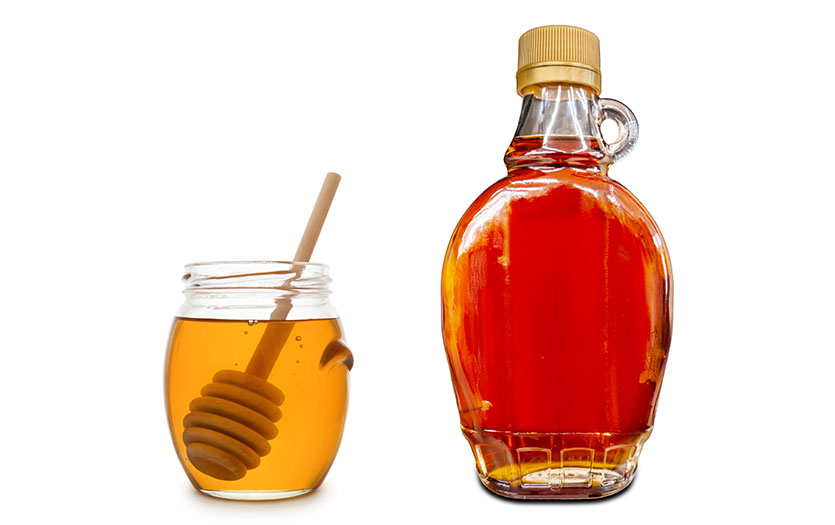
This post was written by Leigh Ann Brooks, MSN, RN, RDN, CD, CDE, nursing services operational lead, Diabetes Education Center.
Learning about nutrition and carbohydrate counting in the wake of a diabetes diagnosis can seem complicated, difficult to understand and completely overwhelming. However, navigating carbohydrate counting can be easier than you think and even provide additional flexibility when planning meals.
What are carbohydrates?
Carbohydrates, proteins and fats are the three macronutrients that provide calories to your body. The carbohydrate calories have the greatest impact on your blood sugar. While it may seem like a good idea, you shouldn’t eliminate carbohydrates from your diet. They provide energy in addition to many of the vitamins and minerals your body needs to function properly.
Carbohydrates can be found in many foods including starches such as bread, rice, cereal and pasta. Fruit and fruit juices also contain carbohydrates along with dairy products like milk and yogurt. You’ll also find that many sweets, desserts and snack foods are laden with carbohydrates.
Read your labels
One of the easiest ways to assess the amount of carbohydrates that are in a food is to review the nutrition label on the package. Each label provides detailed information about a food's nutrient content. The serving size, or amount of food that contains the nutrients listed on the label, should be your first stop. You may also want to assess how many servings the package actually contains. For example, the serving size of your favorite food could only be a 1/4 cup, which is a mere 4 tablespoons, but if you’re consuming a whole cup’s worth you could be overdoing it. Remember, when counting carbohydrates, it’s important to review the total carbohydrate amount listed per serving on the nutrition label.
In the example below, the serving size is 1 oz and the total carbohydrate is 8g in a 1-ounce serving. As you move down the label, you’ll notice that dietary fiber and sugars are also listed. The dietary fiber and sugars are included in the total carbohydrate amount of 8g. Therefore, there is no need to count them separately. These nutrients are broken down simply so you can assess the amount of fiber and added sugars in your diet, but they don’t change how you would count them. Also, because the fiber and sugars are already included in the total carbohydrate count, you don’t need to add or subtract them from the total carbohydrate amount listed on the label.

Carb counting while dining out
When you’re eating out or don’t have a label for the food you’re consuming, there are resources, apps and webpages that can be helpful in determining the amount of carbohydrates you’re consuming. Take for instance the webpage CalorieKing. It has an excellent database for not only foods and their labels, but also for restaurants who have the nutritional analysis available for items on their menu. In addition, MyFitnessPal is a free app that may also help you determine the carbohydrates in your food and track your intake over time.
Effective estimations
If none of these resources are available to you, simply understanding how to estimate carbohydrates and portion sizes can be helpful. For example, a typical slice of bread contains 15 grams of carbohydrates. Any bread item about that same size will also be close to 15 grams of carbohydrates. For example, if you eat a sandwich with two slices of bread, that would be approximately 30 grams total. If you eat a hamburger on a bun, each half of the bun is approximately 15 grams for a total of 30 grams as well. Many other items such as rice, cereal, pasta, casseroles and canned fruit have serving sizes of approximately ½ cup for 15 grams of carbohydrates. Items such as fresh fruit, milk, yogurt and soup are about 1 cup for 15 grams of carbohydrates. While this method isn’t an exact science it can be a useful practice when out and about.
Bottom line, knowing what foods contain carbohydrates and how to utilize the tools available to you is the key to counting carbohydrates correctly. Keeping track of what you eat over time can help you fine-tune portion sizes based on how your blood sugar responds to each food. Meeting with a registered dietitian nutritionist may also help you better understand what’s right for you and the amount of carbohydrates you should be consuming each day.



